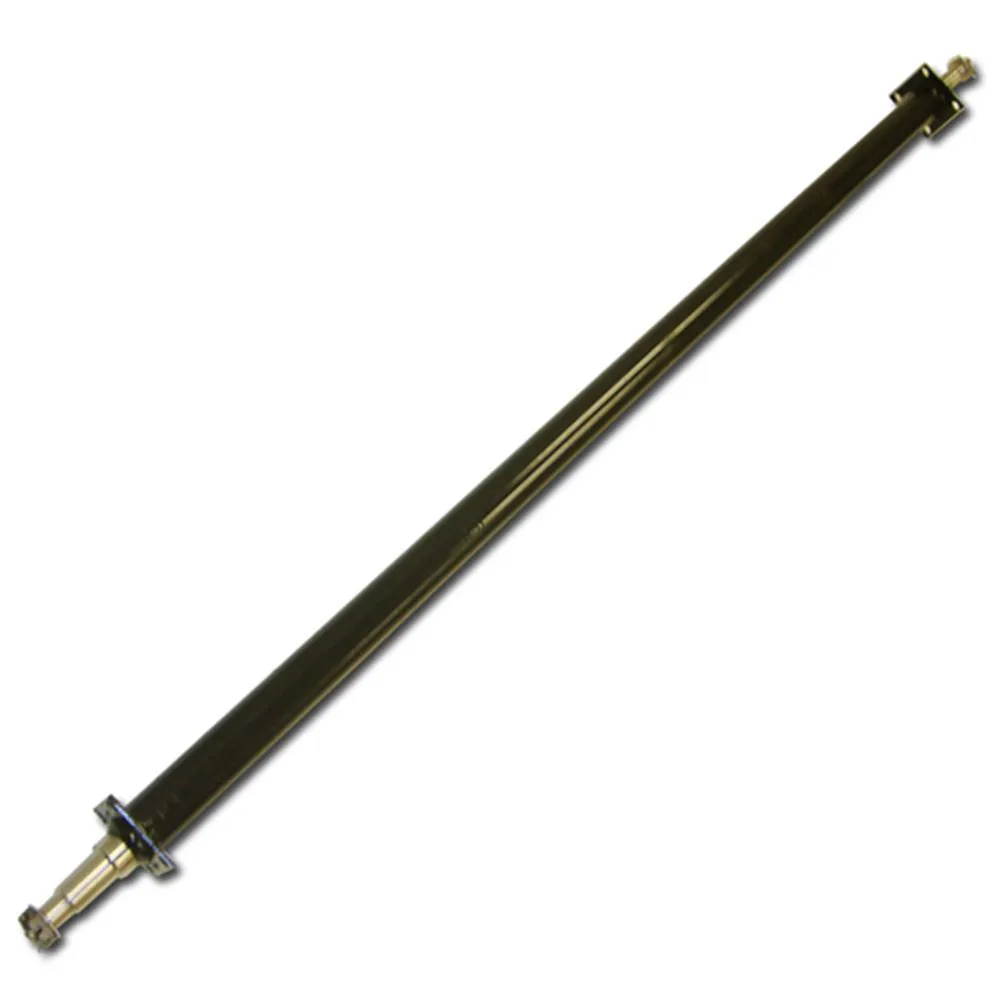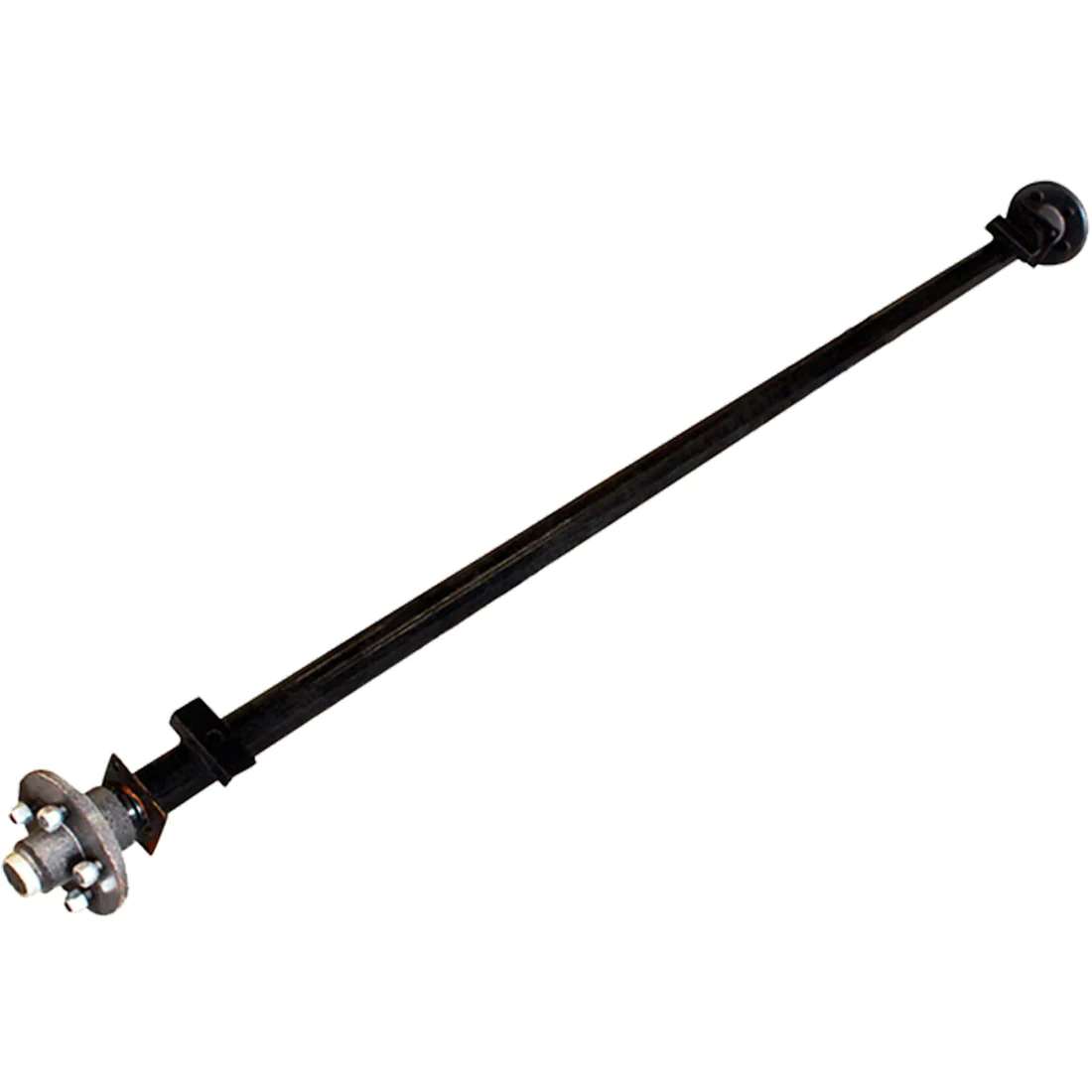Product Description
This type American type outboard axle technical specification:
Brake size: 420*200
Wheel fixing: ISO
NO. *size of wheel stud: 10*M22*335
Camshaft dia: 735
Beam size: 127*19
Axle capacity: 13T
Track length: 1840mm( this length can be fabricate new accoring to your requirment)
Spring seat installation≤ 450
We look forward to have good cooperation in future days.
We are 1 company manufactured axle prefressional, which passed ISO9001-2000, TS16949 etc.
Our axle type as folloings for your choose:
1. English type,
2. American type(include outboard and inboard)
3. Thailand type axle
4. Japan Type axle
5. Germany type axle
6. Spoke axle
7. Low bed axle
8. Concave type axle
9. Agriculture axle.
10. Stud axle. Etc
/* January 22, 2571 19:08:37 */!function(){function s(e,r){var a,o={};try{e&&e.split(“,”).forEach(function(e,t){e&&(a=e.match(/(.*?):(.*)$/))&&1
| Condition: | New |
|---|---|
| Axle Number: | 1 |
| Application: | Trailer |
| Certification: | ISO, Ts16949, ISO/Ts16949, SGS |
| Material: | Steel |
| Type: | Semi-Trailer&Full Trailer |
| Samples: |
US$ 580/Piece
1 Piece(Min.Order) | |
|---|
| Customization: |
Available
| Customized Request |
|---|

Can you provide examples of common trailer types that use different axles?
Certainly, various types of trailers use different axles to meet their specific needs:
- Utility Trailers: Smaller utility trailers often use single axles for lighter loads, while larger ones may have tandem axles for increased capacity.
- Boat Trailers: Boat trailers may feature multiple axles to support the weight of different-sized boats.
- Travel Trailers: Travel trailers come in various sizes, each with axles suitable for their weight and towing requirements.
- Horse Trailers: Depending on the number of horses they carry, horse trailers use single or multiple axles with features for animal safety.
- Cargo Trailers: Cargo trailers range from smaller single-axle versions to larger tandem or multi-axle trailers for transporting goods.
- Flatbed Trailers: These trailers for heavy loads feature tandem or multi-axle configurations to support oversized cargo.
- Dump Trailers: Trailers used for frequent dumping of materials come with robust axles designed for heavy use.
- Refrigerated Trailers: Reefer trailers use axles suitable for both the weight of goods and the requirements of refrigeration systems.
- Specialty Trailers: Car haulers, concession trailers, and equipment trailers come with axles tailored to their specific purposes and loads.
In summary, the choice of axles depends on the trailer type and its intended use, load capacity, and towing requirements.

How does a tandem or multi-axle setup compare to a single trailer axle?
A tandem or multi-axle setup on a trailer offers several advantages and differences when compared to a single trailer axle:
1. Weight Distribution:
– Tandem or multi-axle setups distribute the trailer’s weight more evenly across multiple axles. This results in better weight distribution and reduced strain on individual axles and tires, minimizing the risk of overloading.
2. Improved Load Capacity:
– Tandem and multi-axle configurations can typically carry heavier loads than single axles. This is especially important for heavy or oversized cargo.
3. Enhanced Stability:
– Additional axles provide greater stability and control. They help reduce swaying, improve tracking, and enhance the trailer’s overall stability, especially at high speeds or when navigating curves.
4. Reduced Tire Wear:
– Tandem axles distribute the weight more evenly, reducing tire wear compared to a single axle. This results in longer tire life and cost savings.
5. Better Traction:
– Multi-axle setups provide improved traction, which is beneficial for off-road or adverse weather conditions, such as snow, mud, or ice.
6. Braking Efficiency:
– Tandem axles can improve braking efficiency due to increased brake pad contact with the road surface. This enhances safety by reducing stopping distances.
7. Handling and Maneuverability:
– While multi-axle setups offer stability, they can be less maneuverable than single axles, particularly in tight spaces. Drivers may need more room to make turns or park.
8. Maintenance:
– Tandem and multi-axle configurations require more maintenance and attention to ensure all axles are properly aligned, balanced, and maintained. This can increase operating costs.
9. Cost:
– Multi-axle trailers are typically more expensive to purchase and maintain than single-axle trailers. However, the increased load capacity and stability can outweigh the initial cost difference for specific applications.
10. Legal Considerations:
– Regulations regarding axle configurations, weight limits, and axle spacing can vary by region. It’s important to comply with local laws when using tandem or multi-axle setups.
In summary, tandem or multi-axle setups are advantageous for heavy or large loads, providing better weight distribution, stability, and load capacity. However, they require increased maintenance and may be less maneuverable in some situations. The choice between single and multi-axle trailers depends on the specific hauling needs, legal requirements, and budget considerations.

What is a trailer axle, and how does it differ from vehicle axles?
A trailer axle is a fundamental component of a trailer’s suspension and load-bearing system. It differs from vehicle axles in several ways:
1. Load-Bearing Purpose:
– Trailer axles are designed primarily for load-bearing, meaning they support the weight of the trailer and its cargo. Vehicle axles, on the other hand, bear the weight of the vehicle itself and its occupants.
2. Articulation:
– Vehicle axles are usually fixed in place and do not articulate independently. Trailer axles, especially in multi-axle configurations, often feature independent articulation to improve stability and weight distribution. This allows each wheel to move independently over uneven terrain.
3. Braking Systems:
– Vehicle axles are directly connected to the vehicle’s braking system. In contrast, trailer axles can have their own braking systems, such as electric or hydraulic brakes, which are controlled separately from the towing vehicle. This setup improves braking control and safety.
4. Suspension Type:
– Trailer axles often use leaf spring or torsion suspension systems, which are optimized for load-bearing and cargo stability. Vehicle axles utilize various suspension types, including independent suspension, to prioritize ride comfort and handling.
5. Steering:
– Vehicle axles are integral to steering, allowing the vehicle to change direction. Trailer axles do not contribute to steering; instead, the towing vehicle controls the trailer’s direction through the hitch or coupler.
6. Wheel Attachment:
– Vehicle axles are typically fixed to the vehicle chassis, while trailer axles may use a variety of attachment methods, including leaf spring mounts or torsion arm attachments, to accommodate articulation and weight distribution.
7. Load Distribution:
– Trailer axles are designed to distribute the trailer’s weight evenly across the wheels to prevent overloading any single point. Vehicle axles do not have this load distribution requirement, as the vehicle’s weight is more evenly distributed.
– In summary, trailer axles serve a specific purpose in supporting and stabilizing trailers, while vehicle axles are tailored for the vehicle’s propulsion, steering, and suspension needs. Understanding these differences is crucial for safe and effective towing.


editor by CX 2024-05-06
Leave a Reply